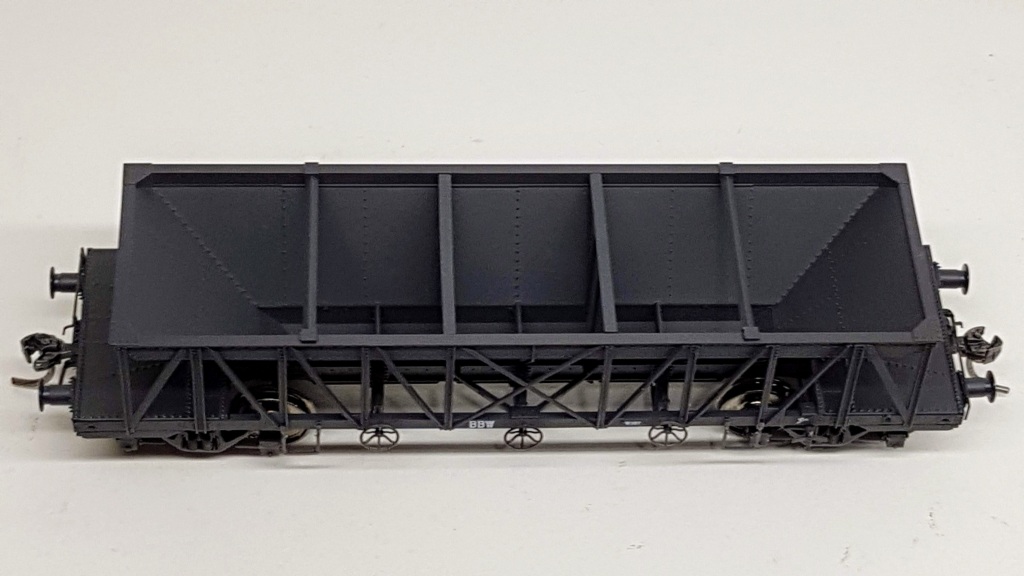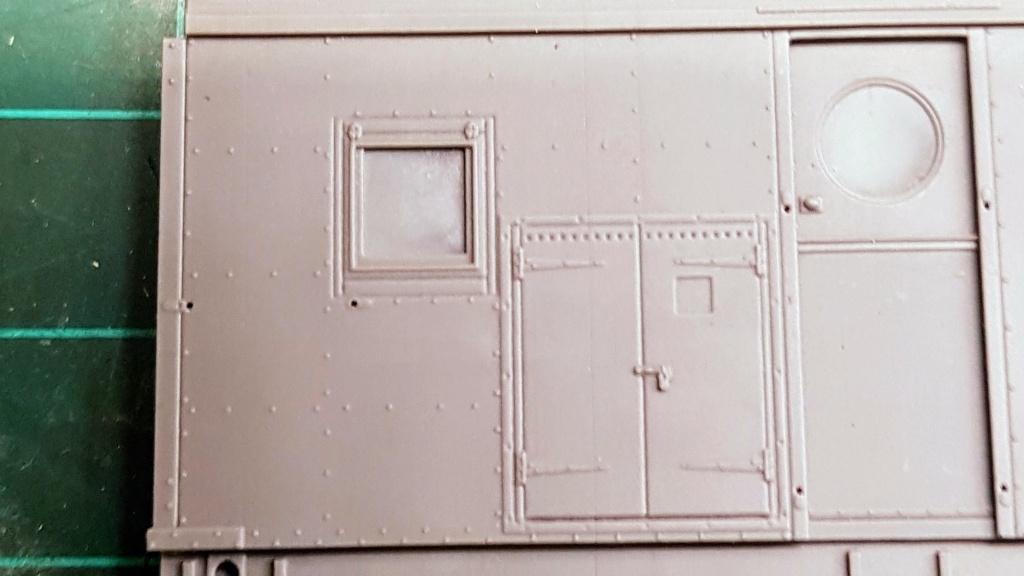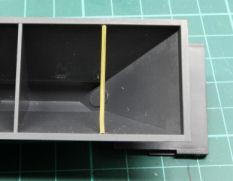Blog Archives
Recent arrivals
Some new models have recently been acquired.
The rivetted bogie ballast hopper (BBW) from IDR Models and bogie ballast plough van (BBP) from Stephen Johnson Models.
The BBW is a ready-to-run model available in 3-car packs. It is very nicely done, having some very fine detail.
The BBP is a composite kit comprising polyurethane castings, nickel silver and brass etchings and lost was brass castings. I believe all of the patterns for this kit were 3D printed then cast in polyurethane and brass. The detail in the kit is superb, right down to the rivets on the sides and hinges and padlock on the gas cylinder compartment doors.
Modelling resumes …. at last!!
Since setting up the modelling bench a few weeks ago, it inspired me to finally get back into some modelling after around a nine month lay-off. This was a self imposed break, as during this period I moved house and did a lot of work around the new place, so modelling took a back seat for a while.
The current project is to work on building some rollingstock to use on Bowen Creek at it’s next showing, whenever that may be.
So, I dragged out my stocks of AR Kit Co. BBW ballast hoppers, some detailing bits and pieces, wire and styrene. I have a few photos I took of the welded version BBW back in the 90’s, so after duly studying these, I made a start. (clicking the images below will open a larger version in a new window)
The first bit of detail to be added was the extra bracing across the top of the end hopper bays. On the prototype, this is made of angle, probably around 3″ x 3″. I used the smallest brass angle available from Special Shapes which is 1/32″. The angle was cut to length for a snug fit between the sides. These were located halfway along the end hopper bays between the moulded partition and the end of the wagon.
Holes were then drilled through the existing dimple holes where the sides fit on. Short lengths of brass wire were then glued in the holes to protrude a short way through into the inside of the hopper. The brass angle was then glued on top of these bits of wire. Some slight bends were put into the brass to simulate damage to the angle which often occurred.
The next job was to fit the main brake pipe. This is quite a prominent feature on the end platforms under the hopper slopes. This was quite a tricky piece of bending, but it ended up looking the part. The holes through the end platforms were located and drilled, then a length of 16 thou wire was bent to shape in one piece. This was then test fitted and any adjustments made so it sat in the correct place.
The pipe on the prototype is secured to the angle bracing on the hopper via saddle type clamps. I decided to try and simulate these by adding small styrene blocks against the moulded angle on the hopper and carefully drilled 0.3mm holes and secured the wire using fine styrene rod bent into a U shape and MEK’d into place.
The next things that were modified were the shunters’ steps. The kit comes with them moulded on the sides. They are not a bad casting actually, but could be improved. After some scaling with a ruler off the photos, some suitable brass strip was located and bent to shape. Holes were drilled and then the steps were pinned to the sides with 0.4mm brass wire. Using only superglue is not an option, as these are prominent on the sides of the hopper and would be prone to breaking off if just glued. Pinning makes a very strong bond without any glue.
Currently where I’m up to is having carved off the moulded Grade Control and Release levers and glued a piece of styrene angle in their place in preparation of fitting better detail items.
I’m trying to fit as much as possible prior to attaching the sides to the hopper, as I want to paint the hopper sub-assembly first, as I think it might be tricky to get the paint properly covered in behind the side bracing if this was attached. I think this will be the next stage, as the next range of detail items that need to be fitted, require the sides to be attached.
Well, that’s it for now. Will post more photos as work progresses.
Cheers,
Ian









